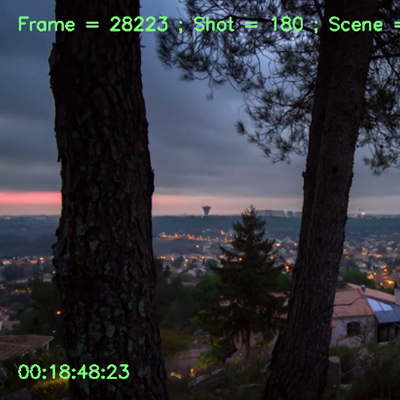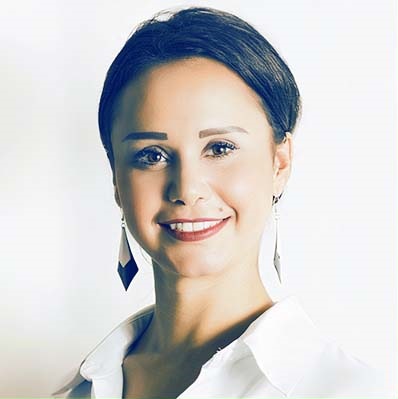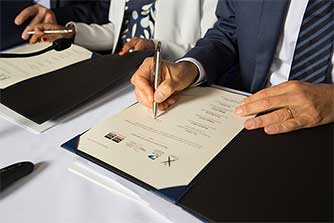GDPR: Managing consent with the blockchain ? Article updated on February 12, 2025, to reflect the latest information. Blockchain and GDPR: two of the most-discussed keywords in the digital sector in recent months and years. At Télécom SudParis, Maryline Laurent has decided to bring the two together. Her research focuses on using the blockchain to …
Continue reading “GDPR: Managing consent with the blockchain ?”
The automatic semantics of images HomeA la une The automatic semantics of images On December 15 2024 This article was originally published on the Institut Mines-Télécom’s scientific and technical information blog. Recognizing faces, objects, patterns, music, architecture, or even camera movements: thanks to progress in artificial intelligence, every plan or sequence in …
Continue reading “The automatic semantics of images”
HomeA la une Women in technology: ending stereotypes On February 10 2023 Article updated on February 11, 2025, to reflect the latest information. Only 25% of students on Engineering and IT courses are women. Stereotypes persist in this sector, meaning that certain areas like cybersecurity are deprived of countless talented female candidates. Magda Chelly is …
Continue reading “Women in technology: ending stereotypes”
NewUni : Signing of the cooperation agreement On February 12 2022 Article updated on February 12, 2025, to reflect the latest information. A shared ambition to achieve excellence On October 25, 2017, the French President made official the creation of a higher education and research institution through an alliance between five “Grandes Écoles”: École Polytechnique, …
Continue reading “NewUni : Signing of the cooperation agreement”
HomeA la une Using personalised services without privacy loss: what solutions does technology have to offer? On January 15 2022 Online services are becoming more and more personalised. This transformation designed to satisfy the end-user might be seen as an economic opportunity, but also as a risk, since personalised services usually require personal data to …
Continue reading “Using personalised services without privacy loss: what solutions does technology have to offer?”










